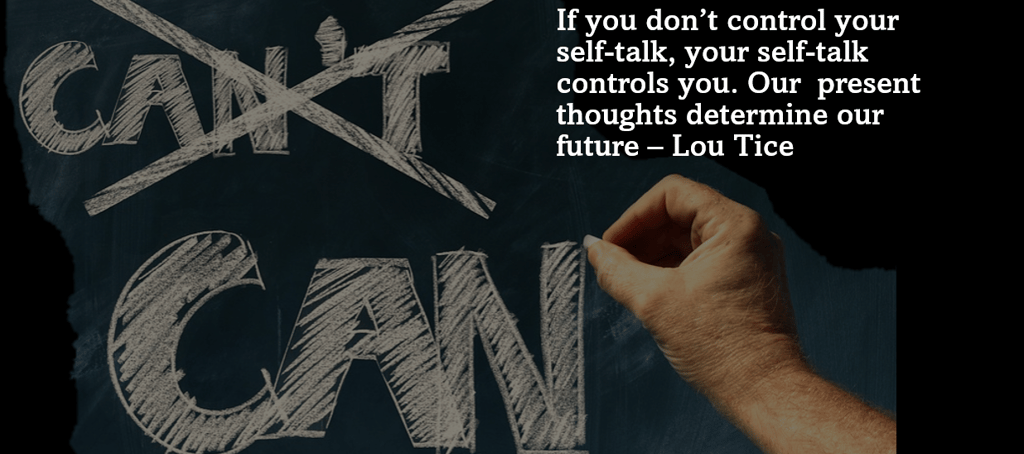That Voice in Your Head: Strategies for Transformational Change
"If you don’t control your self-talk, your self-talk controls you. Our present thoughts determine our future " – Lou Tice. Dealing with the voice in your head
Mark Gedeon
8/17/20242 min read


Changing the Voice in Your Head
Lou Tice week, day two. All this week I will be sharing and commenting on ideas from Lou Tice, author of “Personal Coaching for Results”
In the quest for personal and professional growth, Lou Tice shares a powerful truth: “If you change the way you think, you change the way you act.”
The Power of Thought
This second quote by Tice focuses on the direct connection between our thoughts and our actions. How we think shapes how we act. If you constantly tell yourself, “I can’t do this,” you’ll likely act in ways that reinforce that belief—avoiding challenges, procrastinating, or giving up easily. On the other hand, if you cultivate a mindset of possibility and confidence, your actions will follow suit.
This concept is the cornerstone of cognitive-behavioral therapy (CBT), a psychological approach that helps individuals change their behavior by altering their thought patterns. The idea is simple but effective: when you change the way you think, you change the way you respond to situations, ultimately changing your outcomes.
Applying These Principles
So, how do we apply these principles in our daily lives?
Self-awareness: Start by paying attention to your thoughts and recognizing the patterns. Are they primarily positive or negative? Do they empower or hinder you (magnifying setbacks, and minimizing successes)? Awareness is the first step in making meaningful changes.
Challenge Negative Beliefs: When you notice negative thoughts, challenge them. Ask yourself, “Is this really true?” or “Is there another way to look at this?” By questioning your thoughts, you can begin to shift your mindset.
Practice Positive Thinking: Cultivate a habit of positive thinking. This doesn’t mean ignoring challenges, but rather choosing to focus on solutions instead of problems. Over time, this will reshape your actions and lead to more productive behaviors.
Reframe Negative Thoughts: Try transforming “I can't do this. It's too difficult, and I'll probably fail.” into more positive and constructive thoughts. “This is challenging, but I can learn and improve with effort. I’ve overcome difficult things before, and I can do it again.” By shifting from a self-defeating mindset to one that focuses on growth and capability, you encourage yourself to take action and approach the task with a more positive outlook.
Set Incremental Goals: Breaking tasks down into smaller, manageable steps can reduce feelings of being overwhelmed. Celebrate small wins, which can build confidence over time.
Seek Support: Engage with mentors, colleagues, or friends who can offer a different perspective and encouragement. Support networks play a critical role in reinforcing your abilities when self-doubt creeps in
Consistency is Key: Lasting change takes time. Just like the seed that grows into a plant, your new way of thinking needs nurturing and consistency to fully take root and flourish.
Maintaining a positive mindset requires continuous effort and practice. Regularly reflecting on accomplishments, practicing gratitude, and maintaining a focus on growth rather than perfection can contribute significantly to building self-confidence.
Self-doubt can become a significant barrier, limiting personal and professional growth. Lou Tice’s insights offer a roadmap out of negative self-talk. By understanding that meaningful change begins within and that our thoughts drive our actions, you can transform self-doubt into an opportunity for personal growth. Overcoming the belief that “I can’t do this” starts with believing that you can. Change your mindset and self-talk, then watch as your life changes too.






